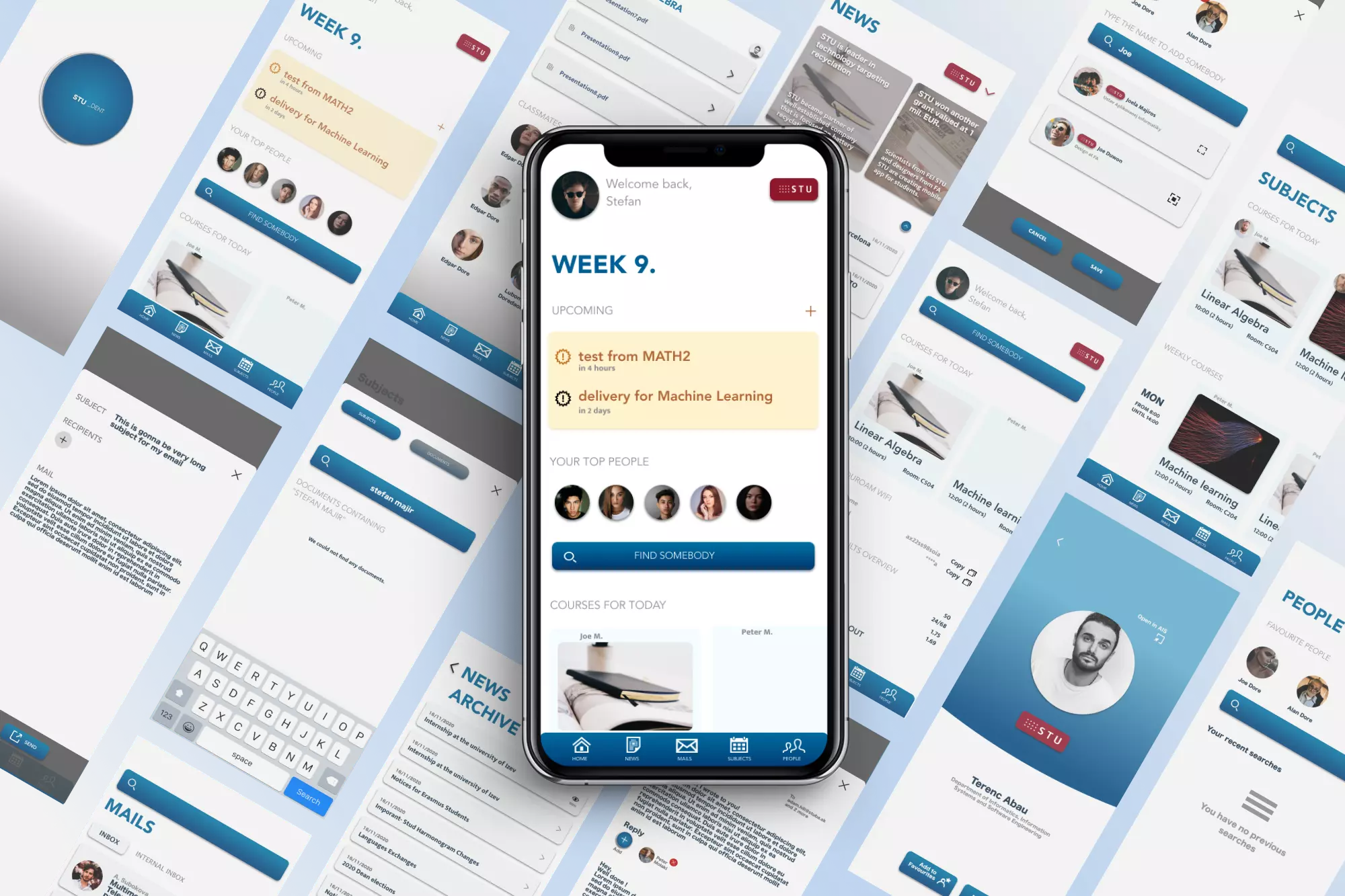Mobile STU-dent is the MVP (minimal viable product) of a cross-platform mobile application for STU (Slovak University of Technology) and its students.
At STU, no mobile application was available at that time, so enrolled students were forced to use a mobile-unfriendly website called AIS (Academic Information System) to access data like grades, etc.
In order to create a mobile application, I needed to design and build a RESTful API that integrated various data sources (the developed API had both the public and the private/secured parts). Also, as the AIS itself had no official APIs documentation, nor any public APIs, everything needed to be analyzed, almost reverse-engineered, and developed.
I was responsible for market research, solution architecture, UI / UX design, and software development at the client and the server side (in that time, I worked as a backend + mobile developer). After the development of a fully functional MVP, the project was stopped due to unrelated reasons (the lack of resources).
Take a look at market research, its design, features, challenges, and price estimation below.
Main Business Requirements
- LDAP integration: Users could use existing credentials for sign up and login
- Building and architecting API (In order to develop mobile application, I had to design, implement and document a proprietary API)
- Displaying news from the faculty (organization-like) public websites
- Displaying news from the auth-walled AIS (AIS (Academical Information System) was the main source of the data for the mobile app. It had no public APIs, no public documentation.)
- Mails integration (Each student at STU gets access to 2 mailboxes - first mailbox is accessible only from internal network, and supports only POP3, and the second mailbox can be used for receiving emails from public using IMAP
- Browsing schedule, completed subjects, grades, syllabus previewer
- Browsing personal profile details
Market research
Before I started working on design, I created a short, but effective questionnaire as a part of market research. Then with small help from people working at the university, I distributed it to almost 1200 future users of the app / students aged 18-25.
By getting over 1200 responses, we got a really good insight into what users expect, and what features should be shipped when. 96% of the asked students responded, that they would install the app as they prefer to use a mobile phone to access these resources (55% of asked students uses prefer to use mobile instead of web portal). The connection price is not much important for them (the students equally used the Wifi and cellular data connection).
Regarding retention rate, almost 60% of users visit AIS every day. When asking about crowdfunding, 70% responded that it is the role of the university, not for the students. Last, but not least, having fancy design(8%) lost against having plenty of functionality (53%).
By asking a similar questionnaire, the road to deliver a successful mobile app is clearer, and more importantly, you can see what features are needed for your business, while backed by real-world data.
96% of responders wanted to display the content from the AIS, public faculty websites, and see information about their accommodation. However, some of the students replied, that they also wanted to see what will be for the lunch in the restaurants nearby, use built-in events-reminder, even in-app messaging, notifications about canceled class, etc. Some students used other communication channels in their faculties - Facebook, faculty public websites (that are mostly in each faculty domain), or Slack.
With a limited time span (4 months), it simply was not possible to develop all the features that users wanted on my own and therefore I had to prioritize and re-evaluate all requirements. It seemed more realistic to onboard more developers to implement the next features right after the successful lunch of MVP.
Design
There were two versions of design for the app: below, you are looking at final version that was created after shortly after the work on project was suspended:
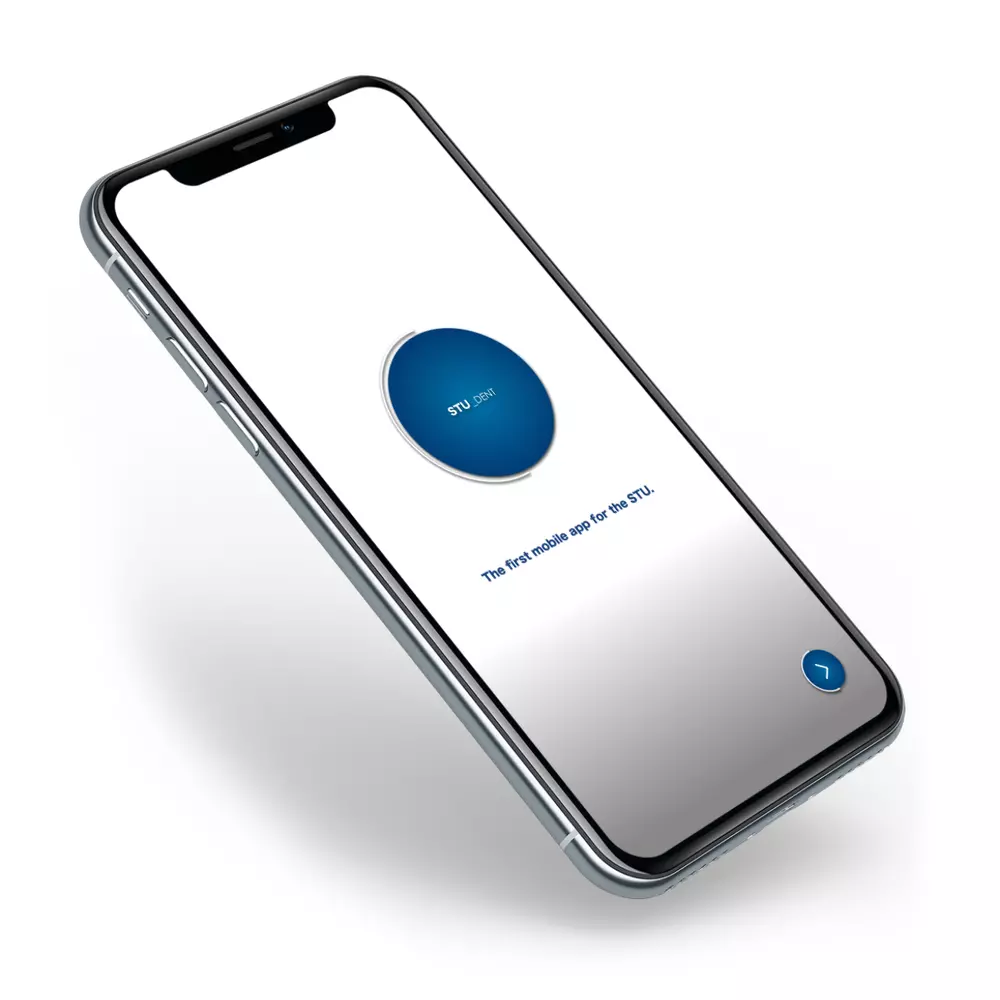
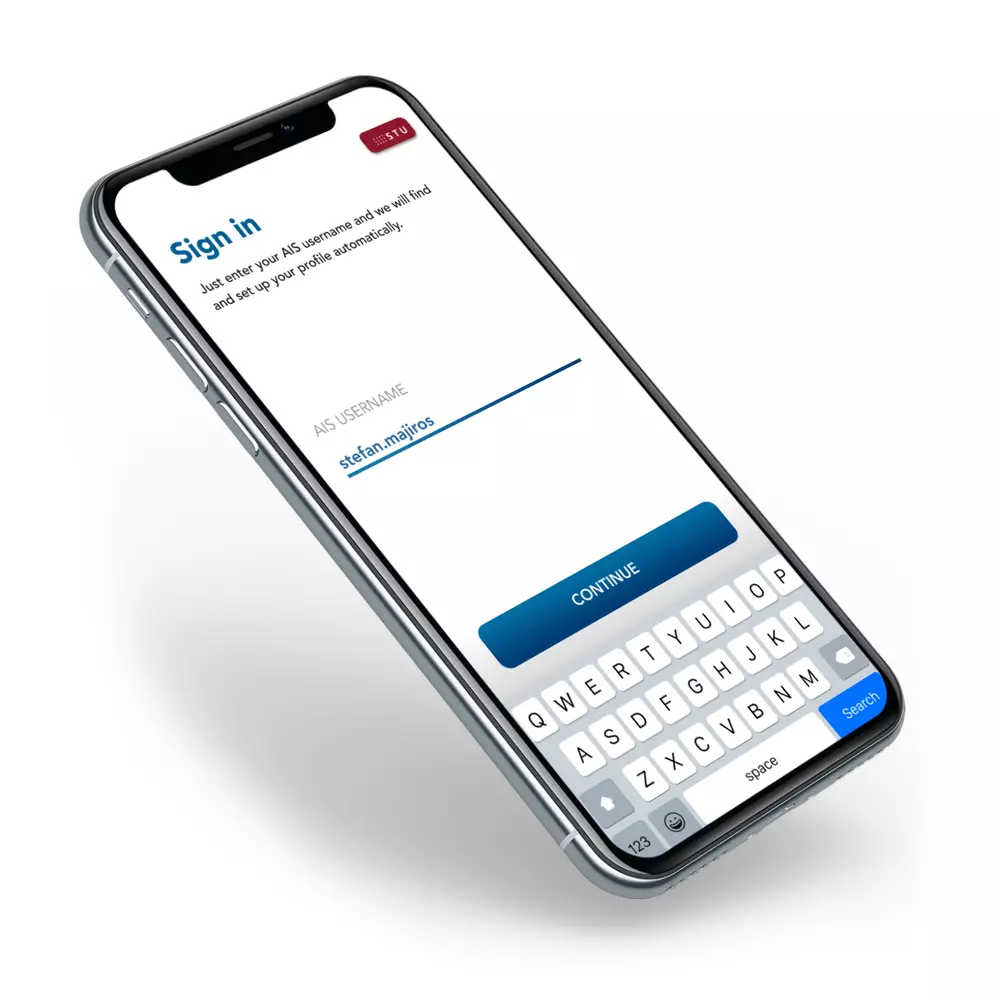
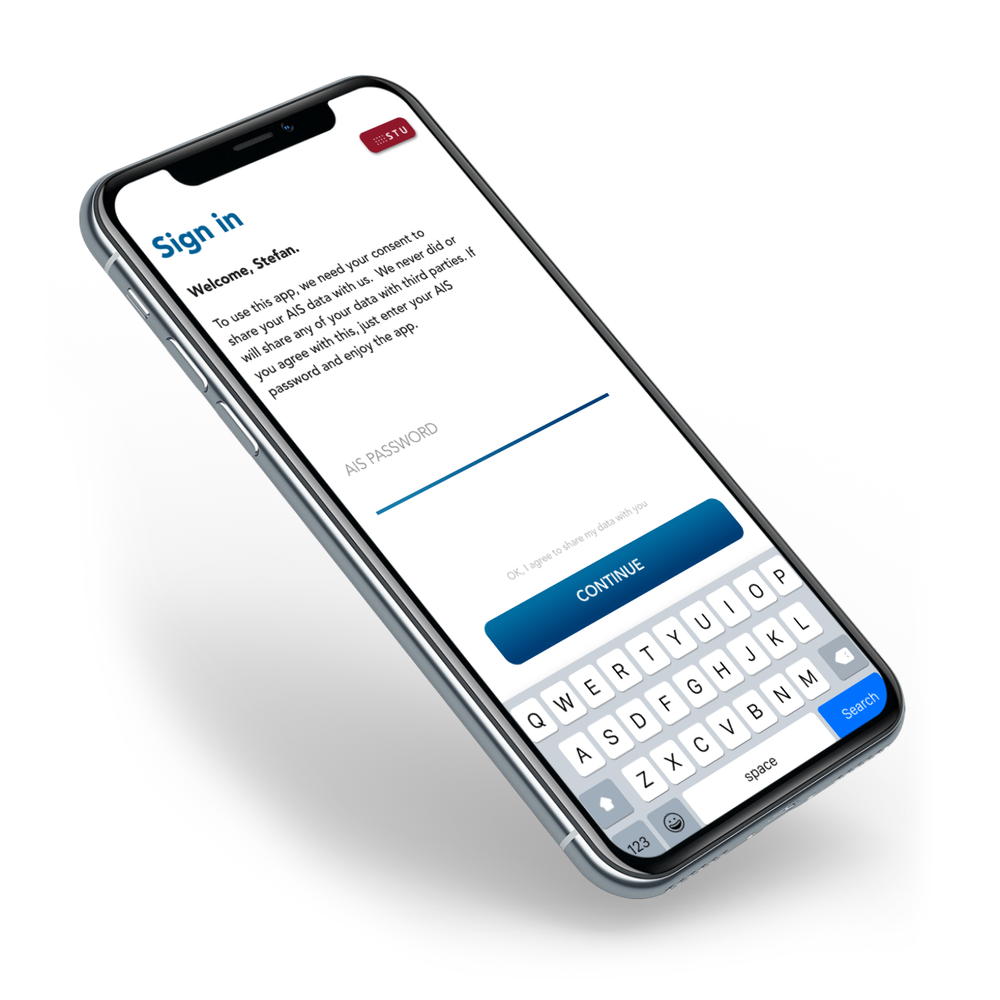
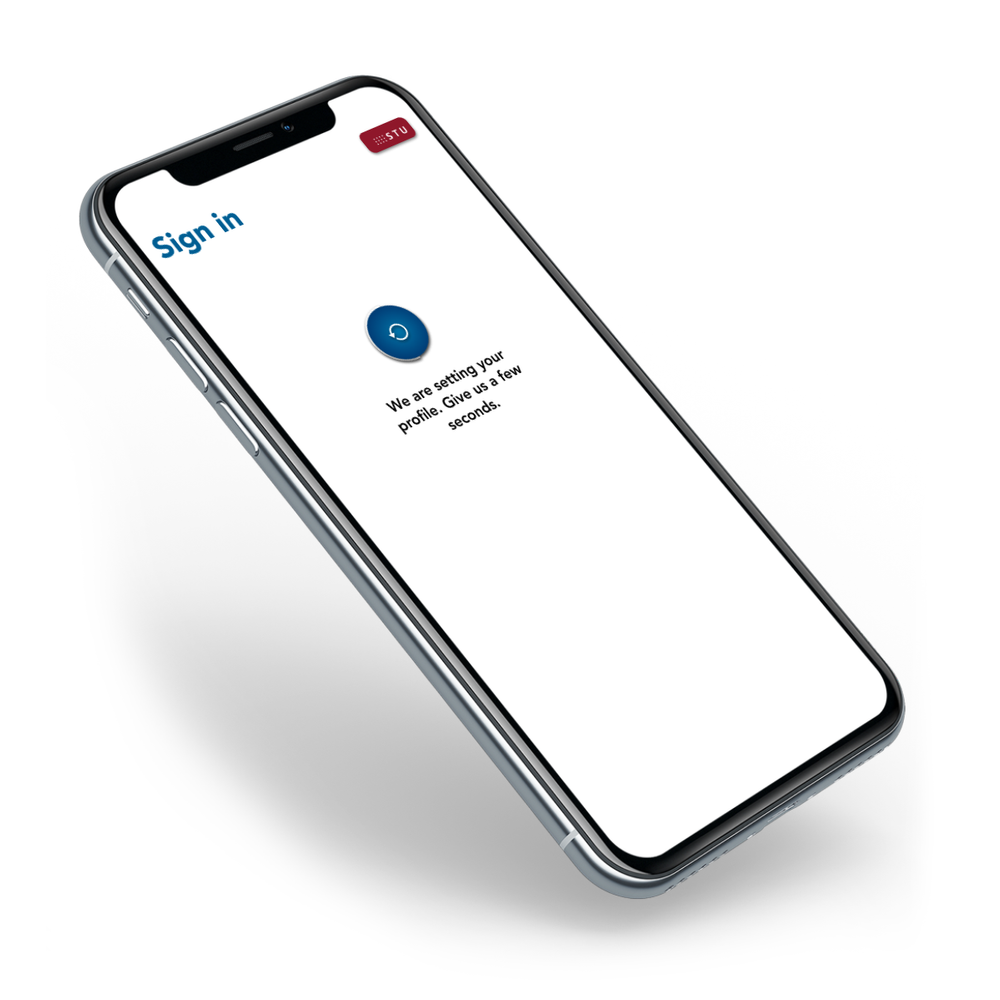
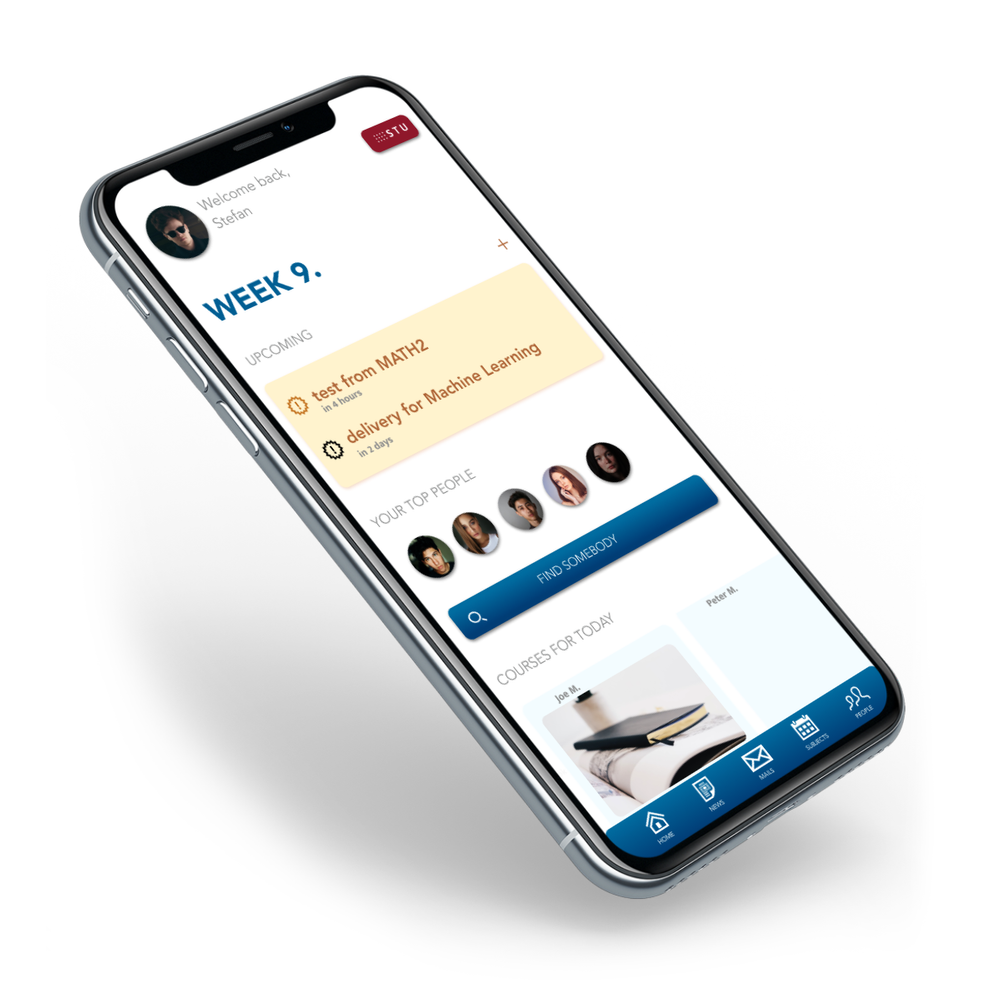
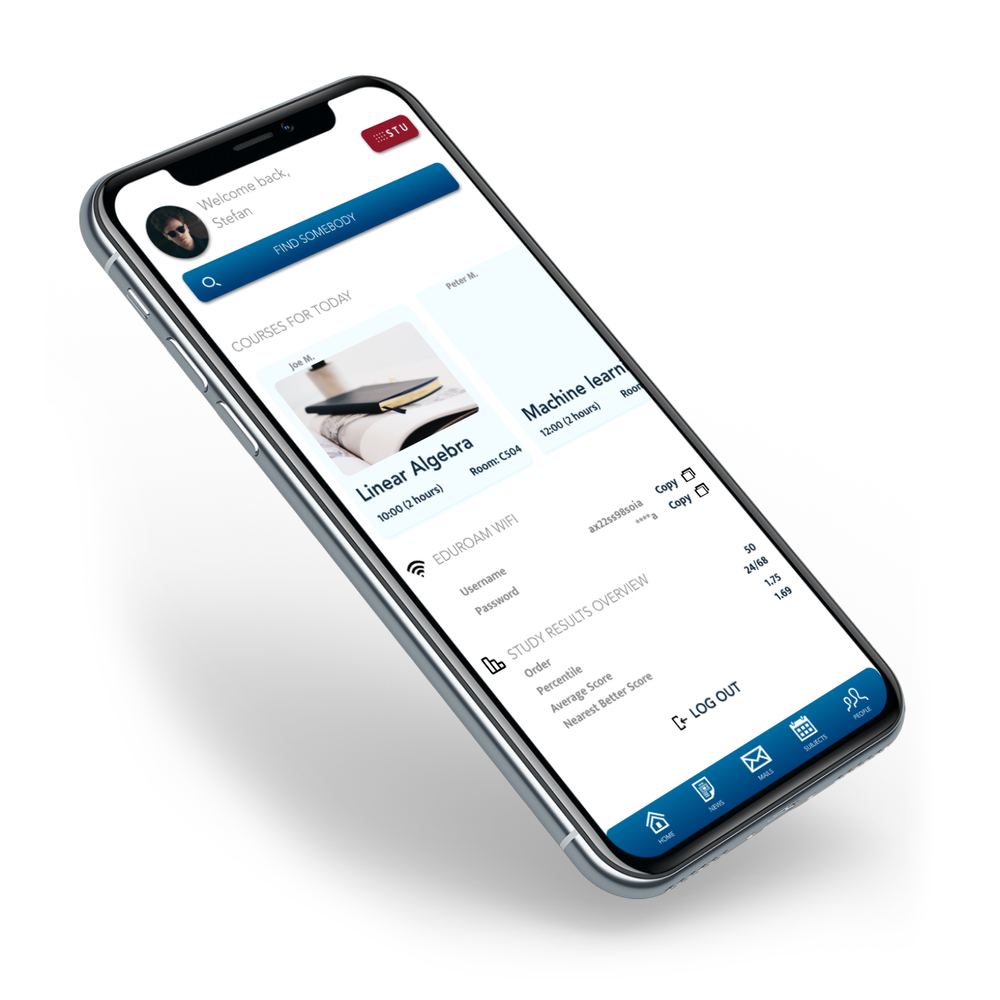
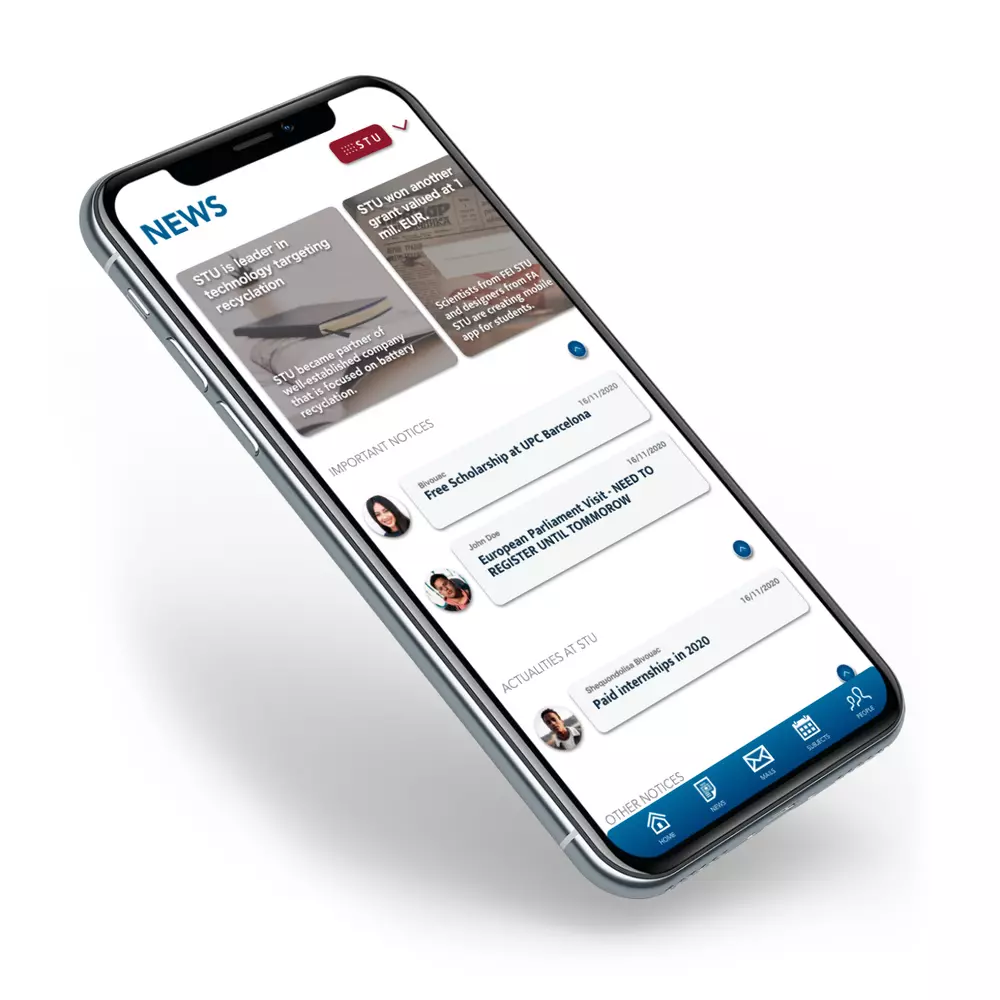
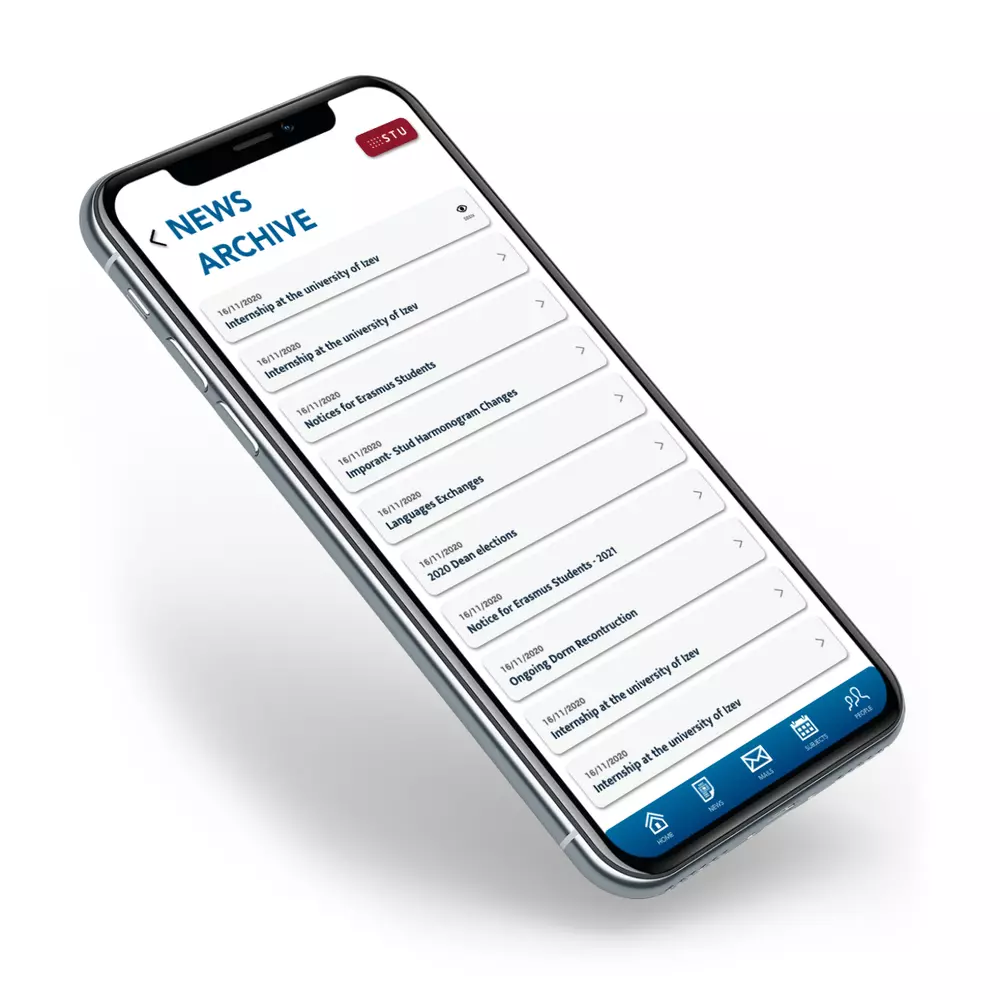
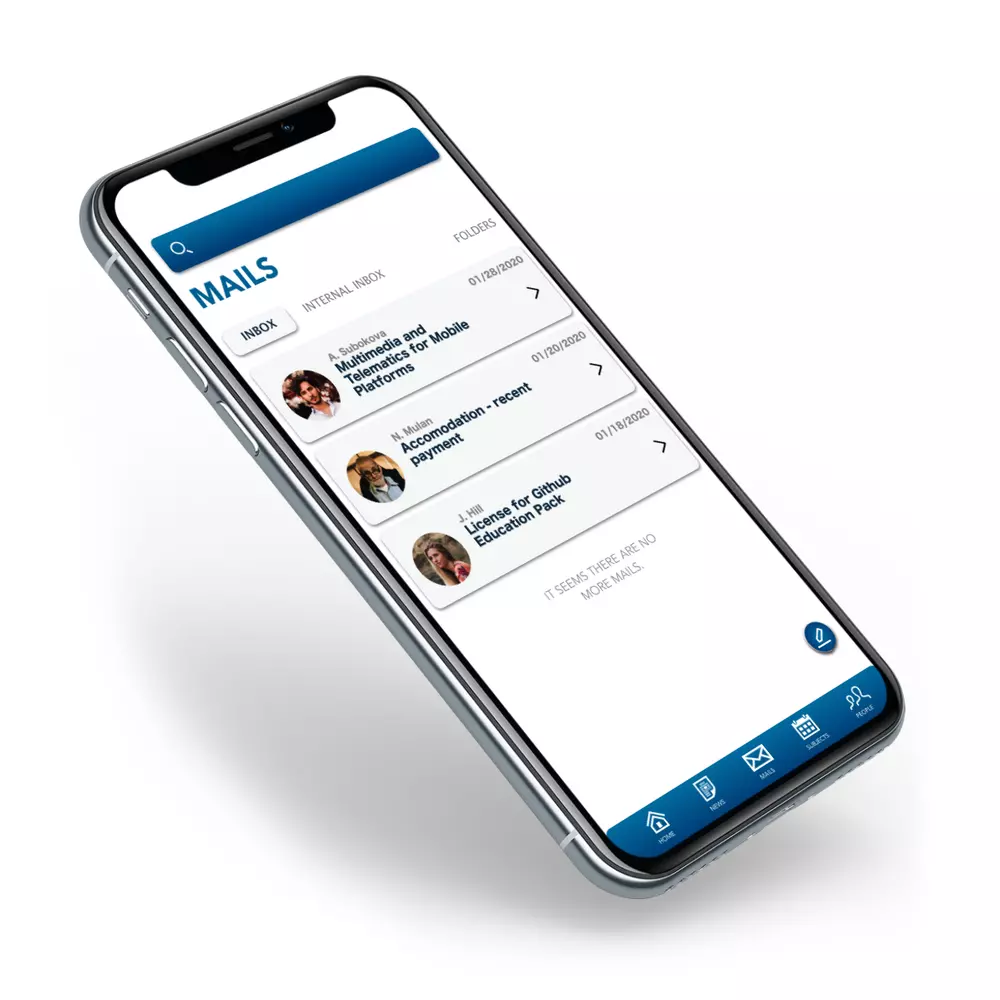
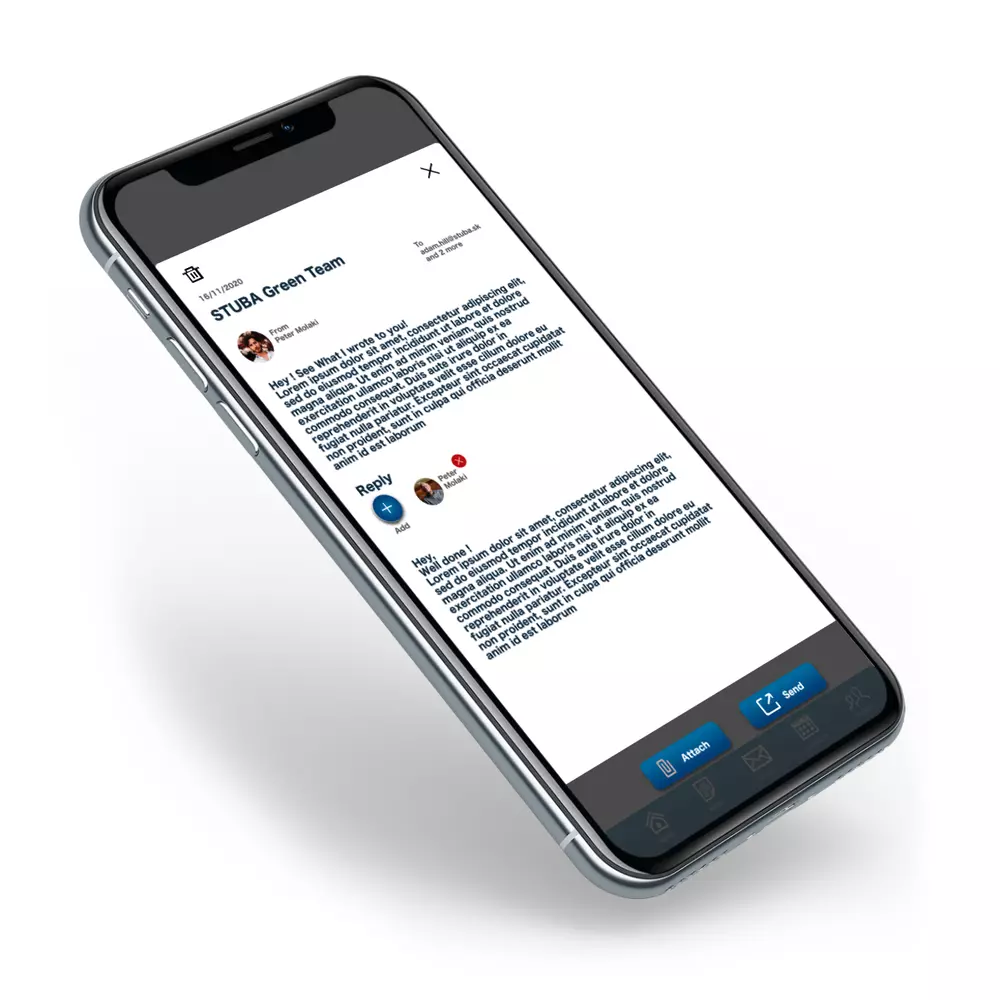
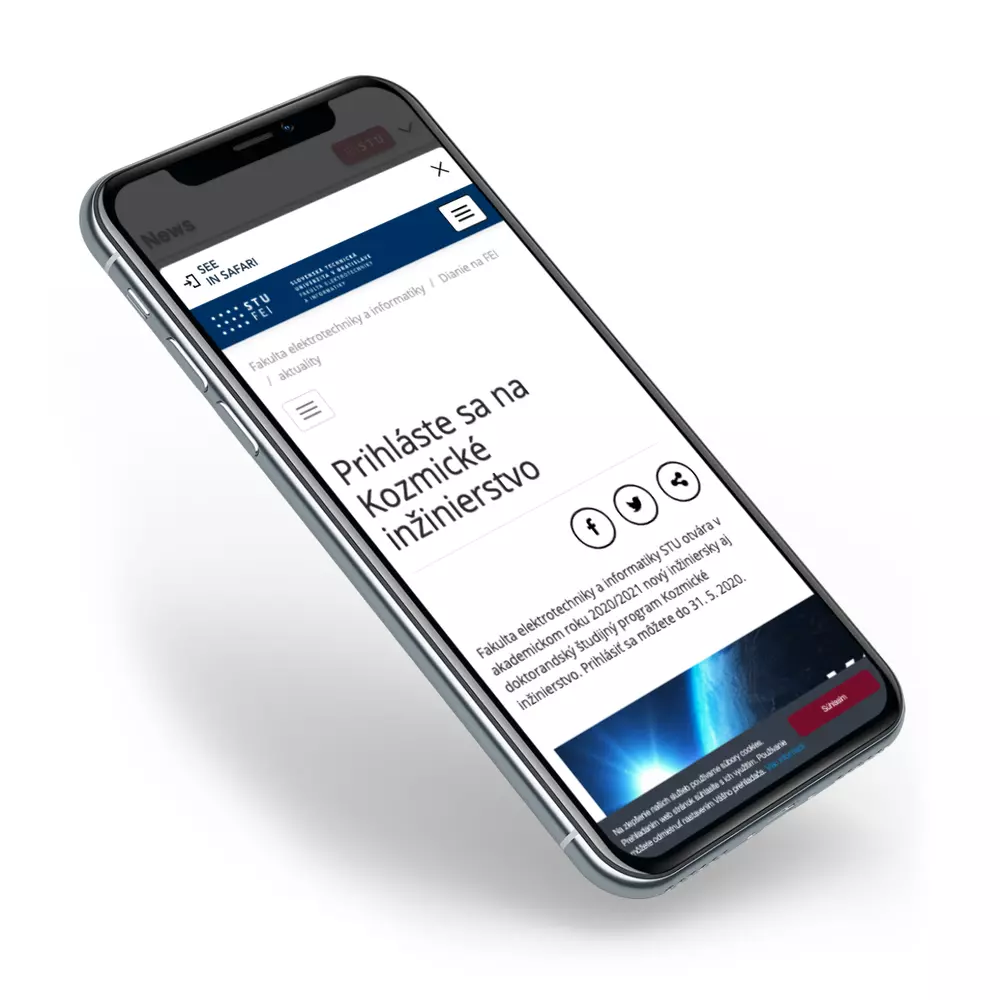
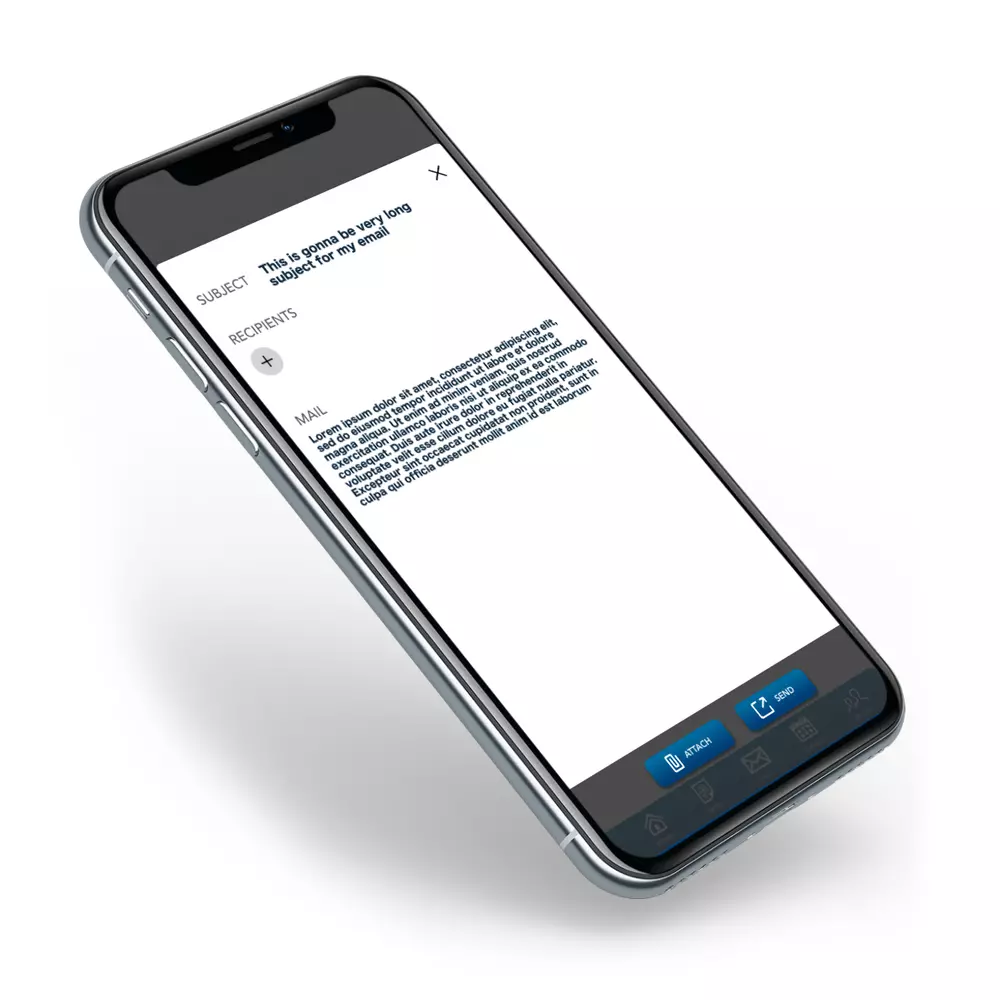
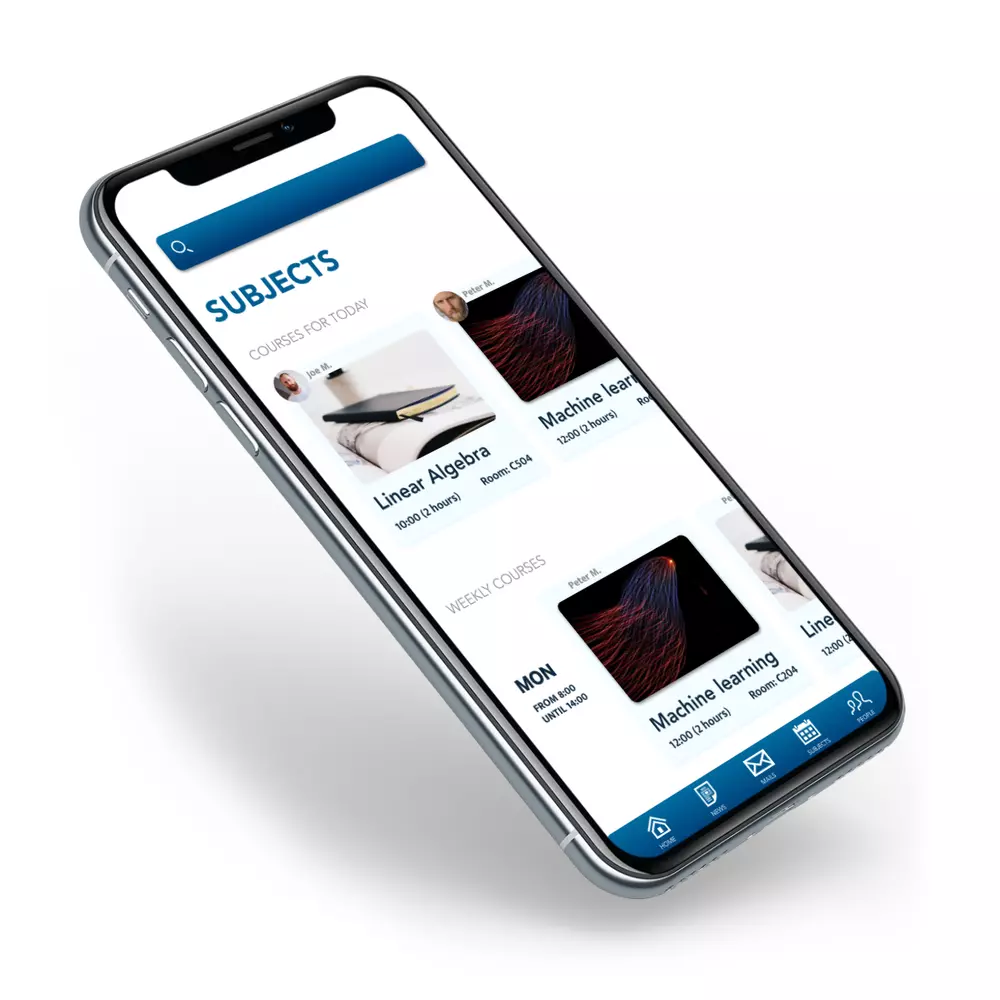
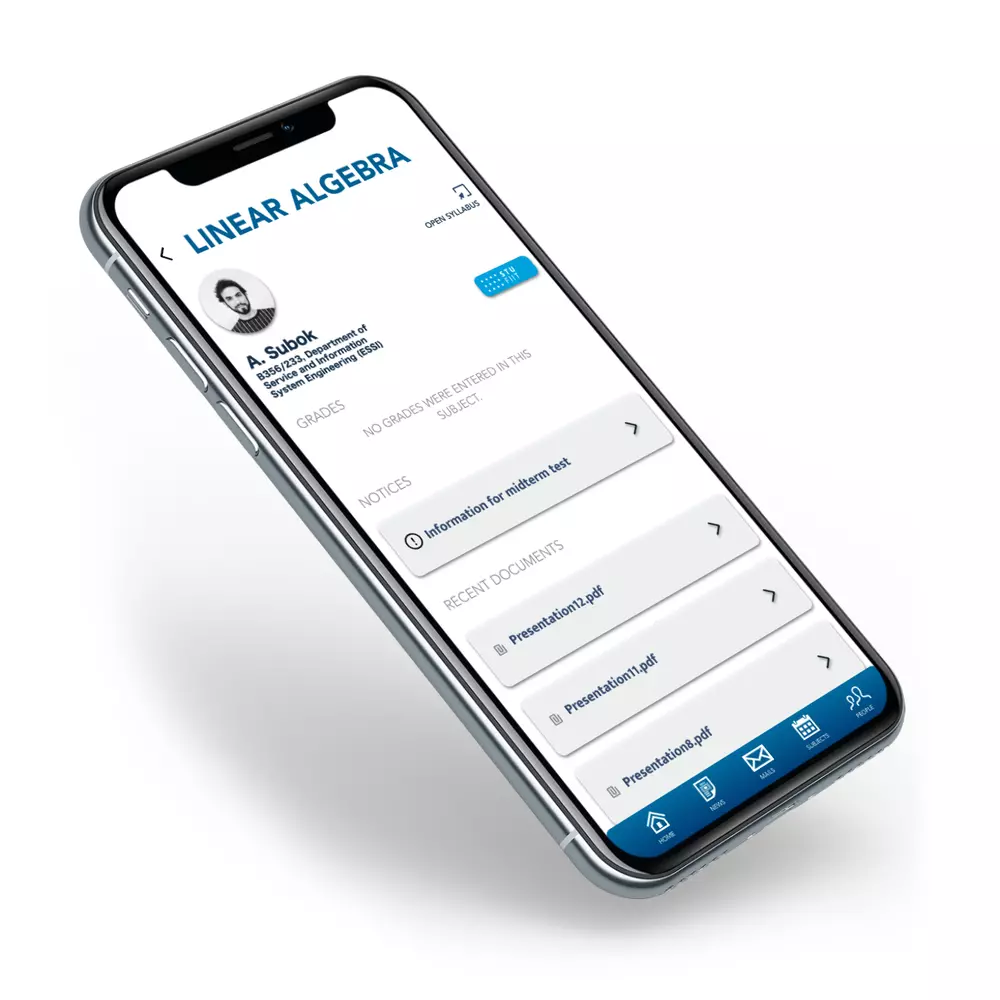
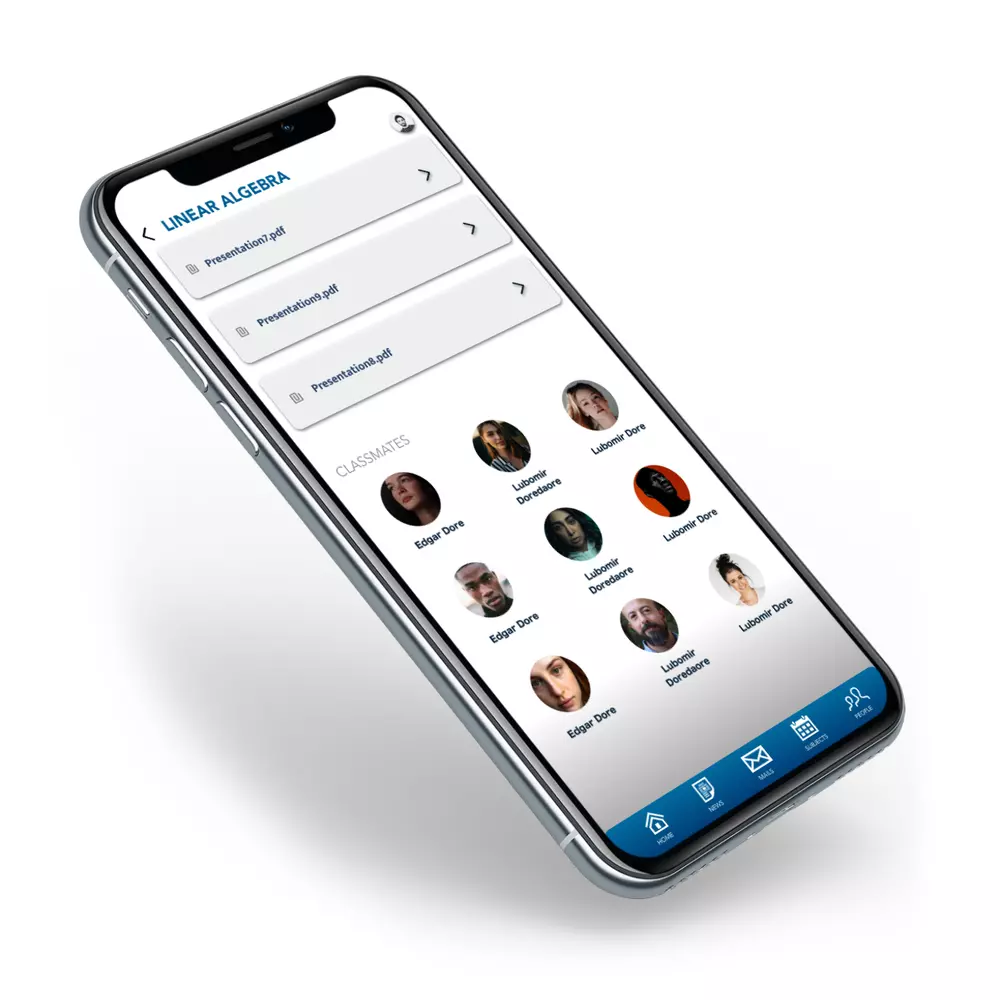
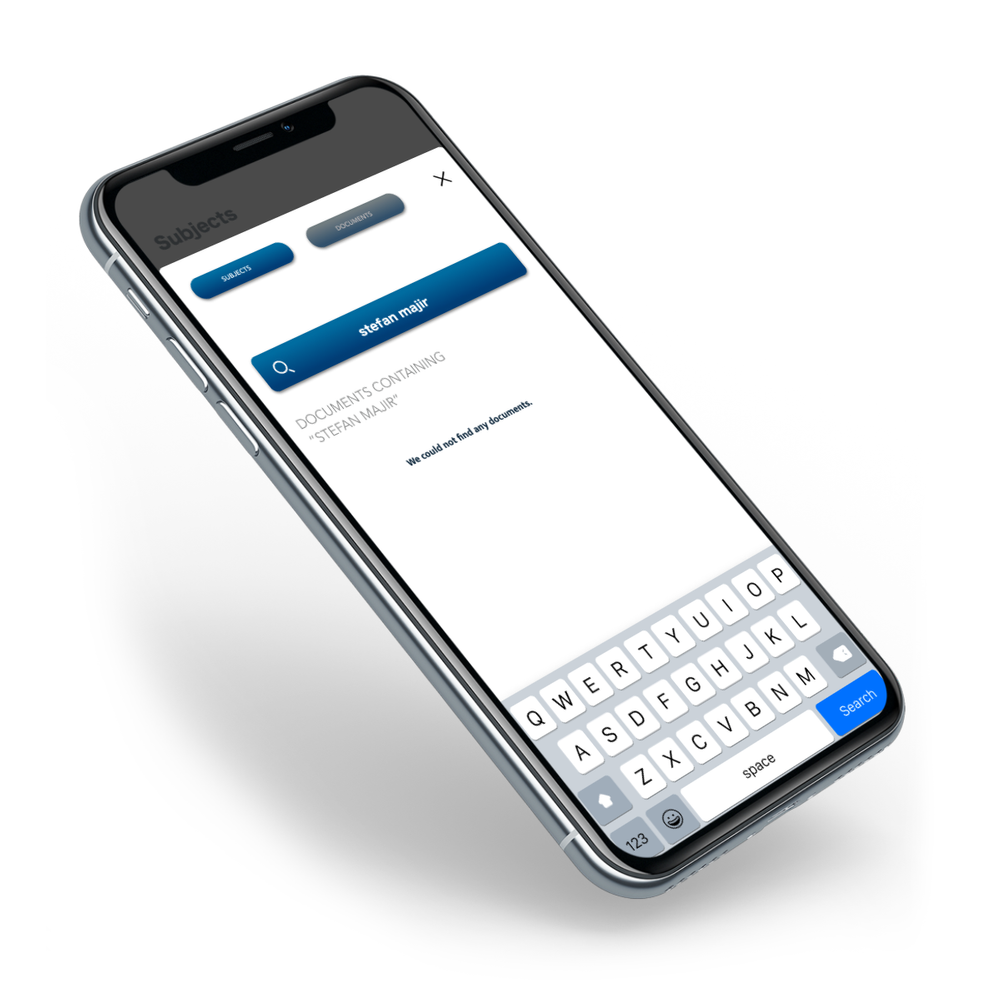
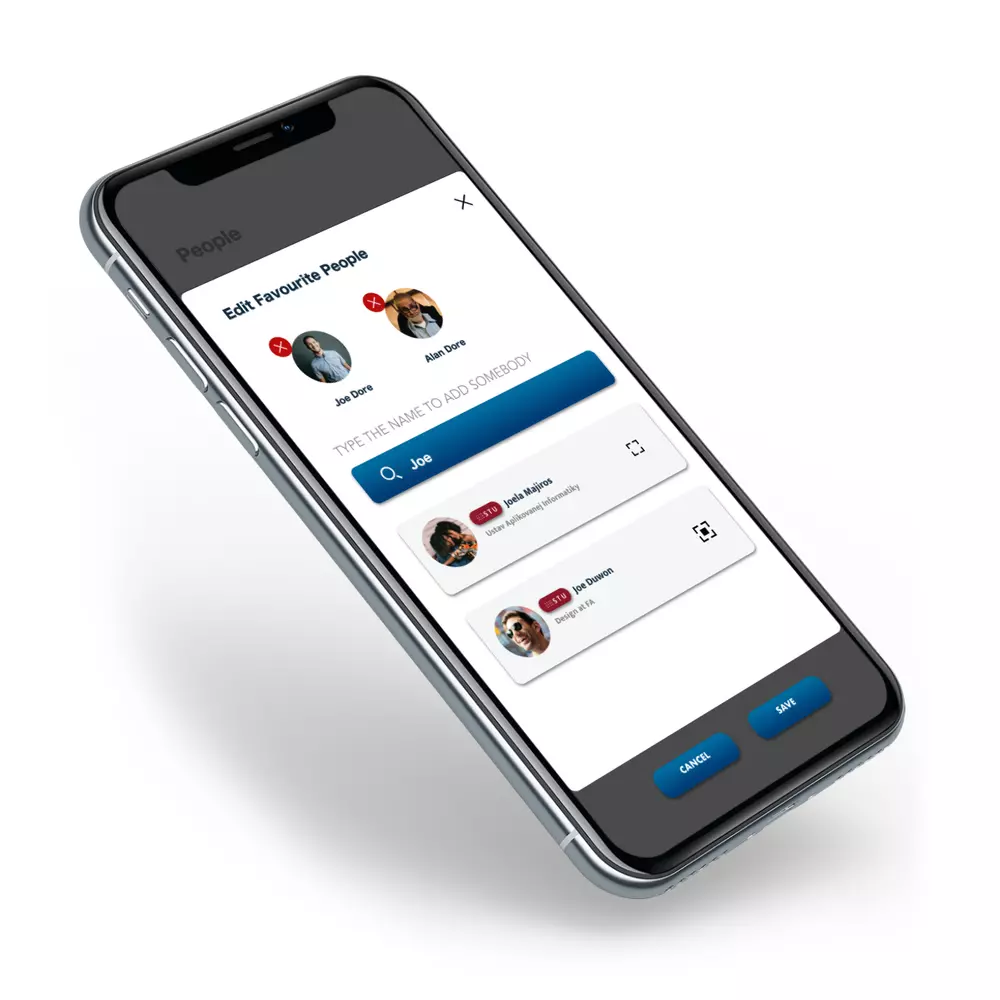
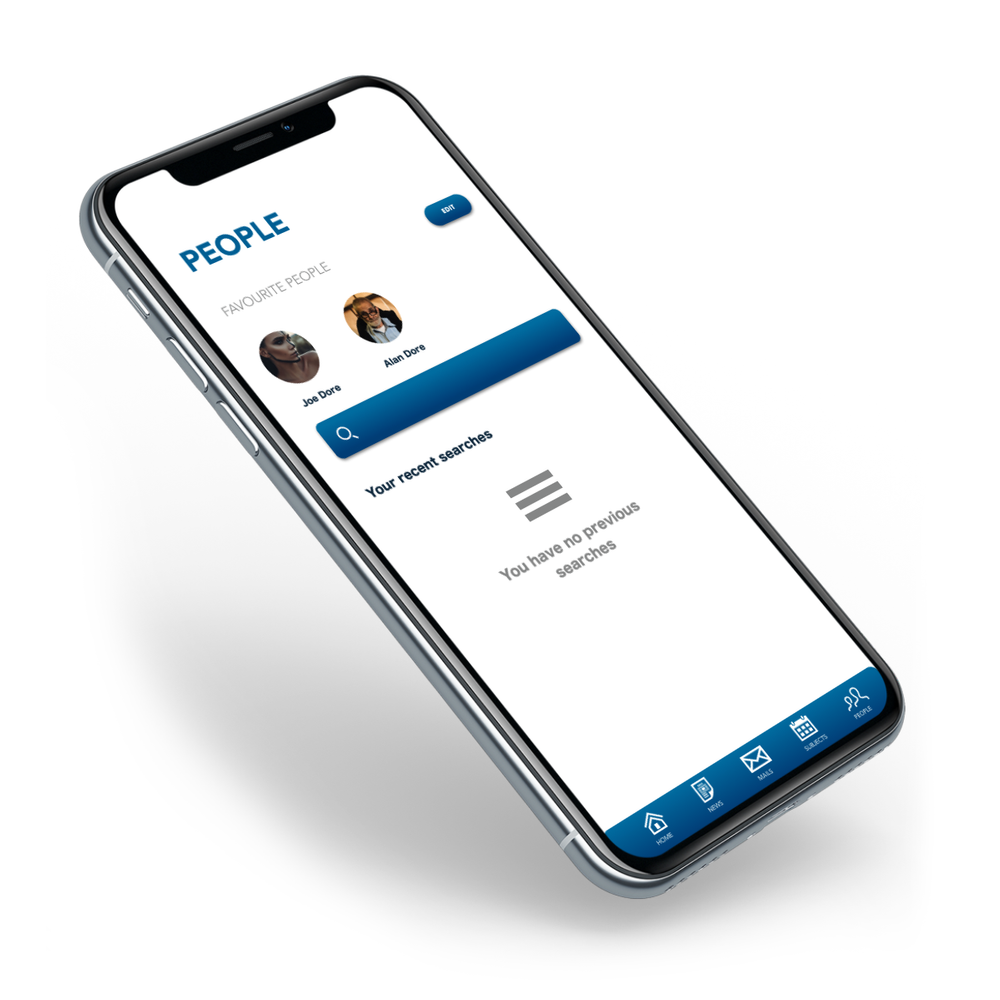
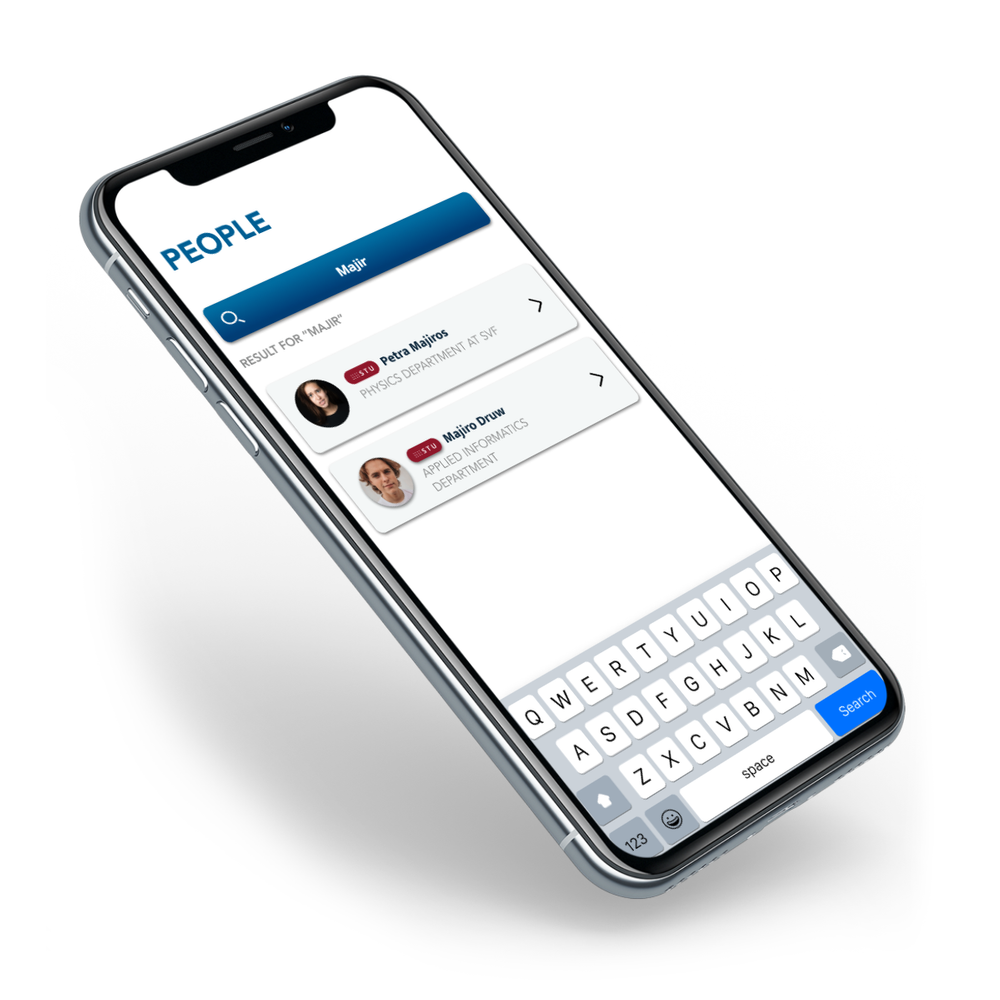
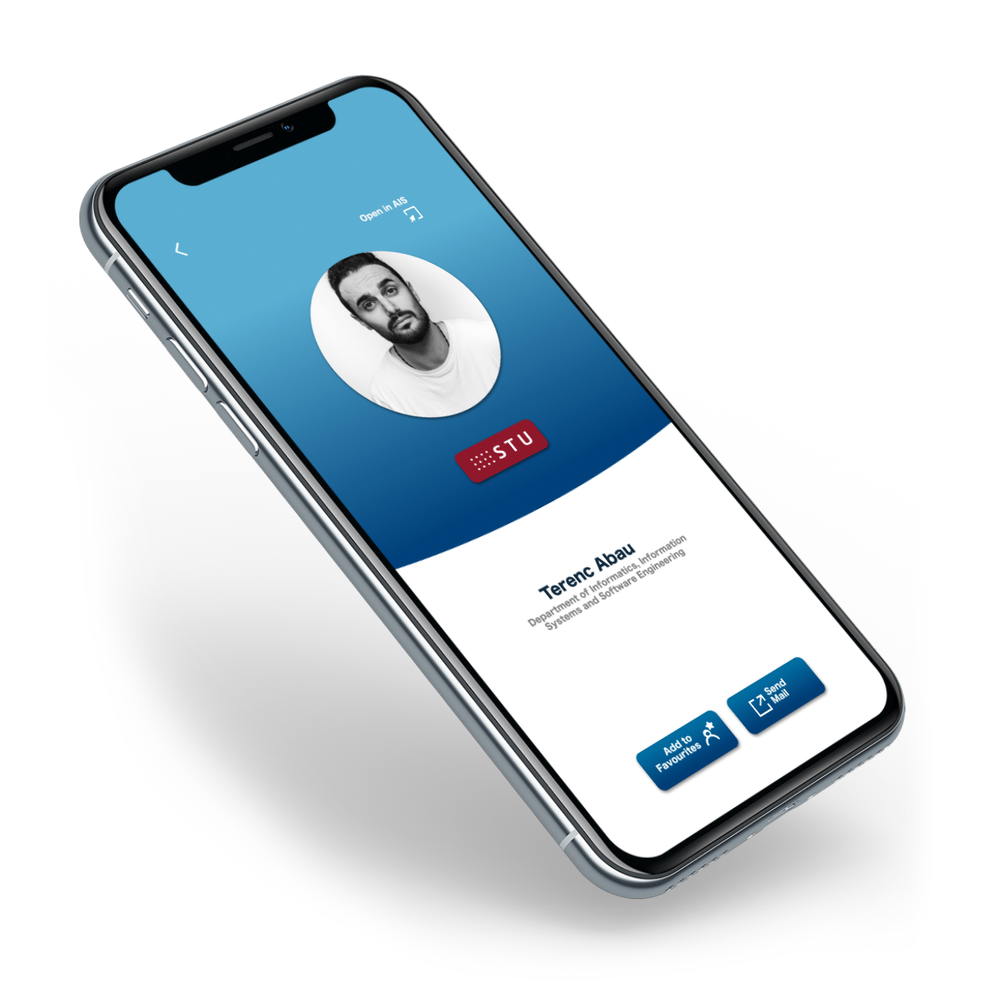
Project challenges
- The biggest challenge in this project was analyzing the internals and the API of the legacy system without any documentation
- Then, quite a lot of effort was spent on mail retrieval (studying POP3 and IMAP protocols specifics)
- Management & Planning (prioritizing features and managing time was not always easy)
Implemented Features (Technical)
Server-side
- Spring Boot Web App with retrieving e-mails using Java Mail library
- Websites parsing using jsoup library
- Implementation of HTTP Basic Authentication with LDAP Integration
Client-side (Mobile)
- Redux, Redux-Persist, Reselect
- The data are stored on-device in an encrypted database, credentials in Keychain
- Swagger (OpenAPI) client integration
- Webview integration (embedded web browser)
- Email/password authentication using existing credentials
Estimation of Price and Delivery
Regarding mobile app estimate, a similar application could be shipped under 35 man-days (if the design is provided in advance).
Although the app does not use any complex business flows or integrates native libraries, the proper implementation of design takes some time. When hiring additional freelancer, delivery time could be reduced drastically in this case - it would take about 20 man-days to ship a similar app with me and and additional freelancer, as in this kind of app, the most of time would take the implementation of UI, which could be easily run in parallel.
The mobile and serverless freelance studio at stefan-majiros.com could deliver the similar mobile app for Android and iOS within the total price starting at 12K EUR (the final price depends on the complexity of features, and design, time pressure, etc.).
